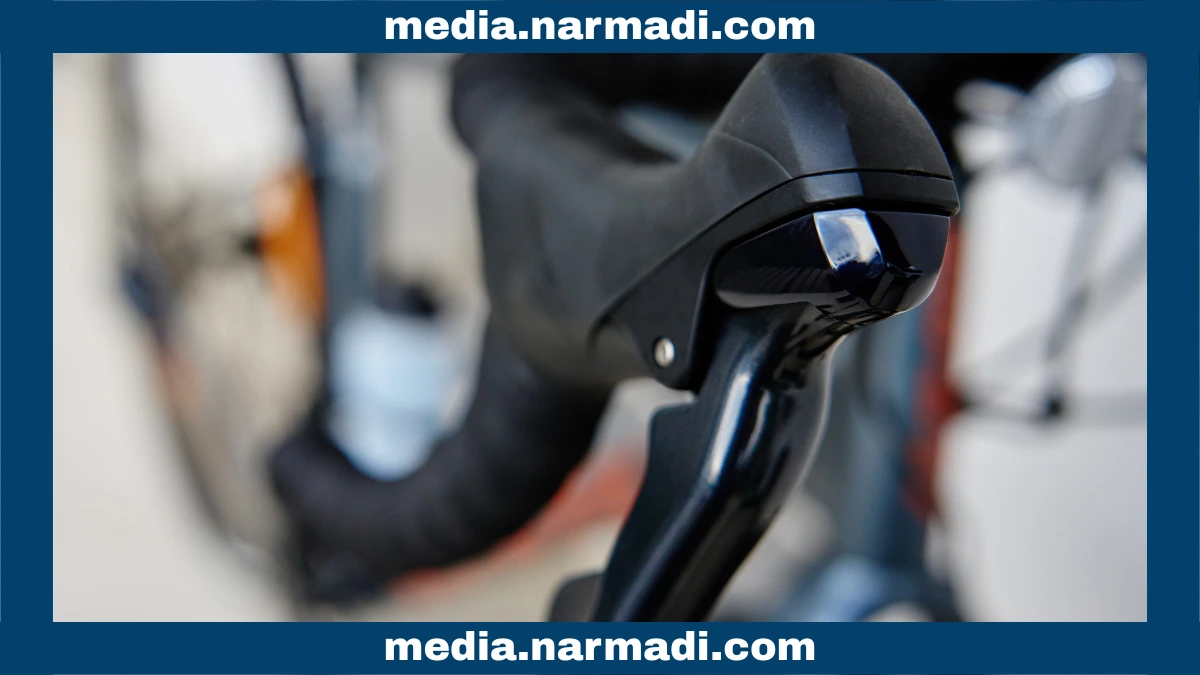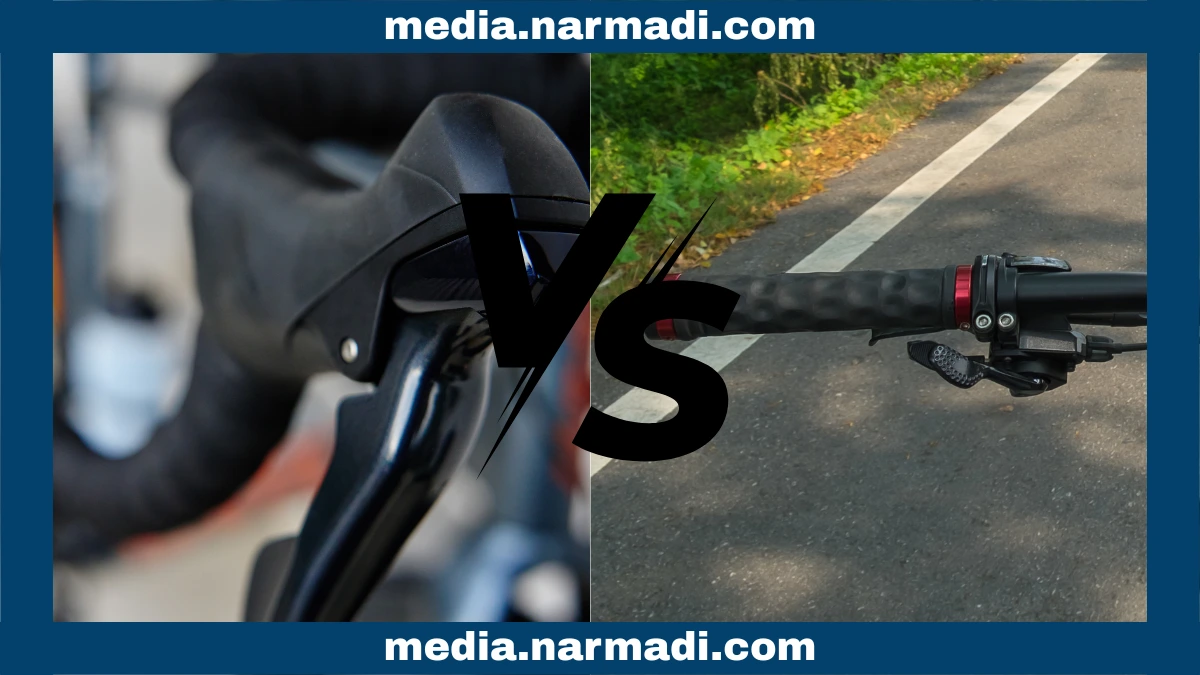Electronic shifting bikes and mechanical are the keys to shift gears. Although both are devices that allow you to maximize your ride, electronic shifting vs mechanical have some significant differences.
The differences between electronic shifting vs mechanical include how they work, advantages, and disadvantages.
This article will explore the key differences between electronic shifting vs mechanical for having a good transmission.
What is an Electronic Shifting Bike?

An electronic shifting bike is a gear shifting system that works with electronic signals. This bike does not use traditional cables and mechanical levers to shift gears, but instead only requires pressing a small button on the handlebars to send a signal to the servo motor in the derailleur. Everything is done automatically by an electronic actuator.
This system allows for faster, more consistent, and less risky gear shifting. It also enables automatic gear shifting, allowing riders to focus on the road and reducing chain wear.
What is a Mechanical?

A mechanical shifting bike is a mechanical gear shifting system. This type of bike uses gear shifters on the bike cockpit connected to the front and rear derailleurs via steel cables (Bowden cables).
When the shifter is pressed, the cable will pull or slacken to move the derailleur. This causes the chain to move to a different sprocket or chainring to adjust the gear ratio.
The Differences Between Electronic Shifting Bike vs Mechanical

An electronic shifting bike and a mechanical shifting bike are devices that allow you to have good transmission. Here are the differences between electronic shifting vs mechanical:
How it works
Electronic shifting bikes work by replacing the mechanical cable system with electronic signals. When the gear shift button on the handlebars is pressed, a signal is sent to a small servo motor in the derailleur via a cable or wireless signal (Bluetooth or Zigbee). The servo motor moves according to the command to shift the chain.
Meanwhile, mechanical gear shifters work by using steel cables. When the lever is moved, the fork on the derailleur activates the dog teeth to move the chain. The chain then moves according to the command to the selected shaft.
Advantages
Electronic shifters are more accurate and faster in shifting gears. They are also easy to use, as you only need to press a button without having to move the lever. The device can also be connected to an app on a smartphone or computer to monitor performance.
Mechanical devices have the advantage of being more affordable. This older system is more reliable, easier to repair, and spare parts are easy to find at almost any bicycle repair shop. When using it, there is no need to worry about the battery power running out at any time.
Disadvantages
The features of electronic shifting bikes make them more expensive than mechanical systems. To operate the system, these electronic devices also require battery power that can run out at any time and need to be recharged periodically.
Meanwhile, the disadvantage of mechanical devices is that more effort is required to manually move the lever to change gears. When used over a long period of time, this system also has a risk of being less precise.
That’s the difference between electronic shifting vs mechanical that you can consider when choosing according to your personal needs.
If you want fast and accurate gear shifting without the hassle of higher prices, an electronic shifting bike is a good choice. However, if you want a more affordable and durable transmission, you can choose a mechanical shifting bike.